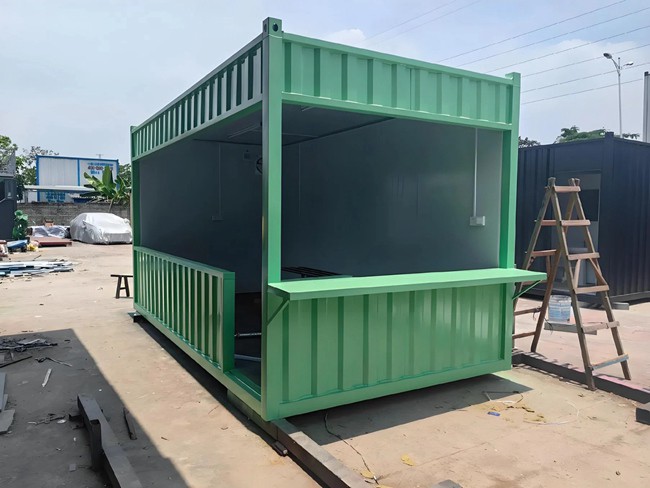Hot Sale Aluminum Stage Mobile Truss Stage Wooden Platform Stage
Product description
The construction and use of outdoor stages should fully consider weather factors. In adverse weather conditions such as wind, rain, and high temperatures, timely protective measures should be taken to ensure the stability of the stage and the safety of performers. When building a stage, it is important to plan the space reasonably. We need to ensure that the performers have sufficient space for their activities, while also considering the audience's needs for passage and viewing. At the same time, attention should be paid to the coordination and aesthetics with the surrounding environment.

Outdoor stages and their scenery are mostly temporarily built, with a single function, and can be dismantled immediately after use. This feature requires consideration of convenience and disassembly during design and construction. Although outdoor stages save on venue construction or rental costs, stage construction itself becomes the main expense. In terms of economic investment, it is necessary to weigh the cost-effectiveness of single use. Although it is a temporary setup, the outdoor stage needs to cover all functions such as lighting, sound, scenery, makeup, etc. to ensure the smooth progress of the performance or event.

The stage built in outdoor environments for performances, activities, or exhibitions has a wider space and a more natural background compared to indoor stages, but also faces more challenges and limitations. The most prominent feature of outdoor stages is their vast space, which provides great development space for stage set design, but also brings challenges such as how to effectively utilize space and how to coordinate with the surrounding environment.

Aluminum alloy stages can be customized according to different stage requirements, such as assembled and folded types, to meet the performance needs of different occasions. In addition, it can also arrange stage lighting and set up stage backgrounds according to the needs of the performance, creating a better stage effect. Pay attention to checking the materials, craftsmanship, and details of the stage. Ensure convenient and efficient transportation and installation of the stage, reducing unnecessary troubles and costs.

Post inspection and maintenance
Comprehensive inspection: After the stage construction is completed, a comprehensive inspection and testing should be conducted, including the stability, safety, lighting, and sound equipment operation status of the stage.
Regular maintenance: During the use of the stage, regular maintenance and upkeep should be carried out, including checking the structure and equipment of the stage for completeness, repairing or replacing damaged components, etc.
Safety training: Provide safety training to staff to ensure they understand the safety operating procedures and emergency response measures for the stage.

Recommended products





